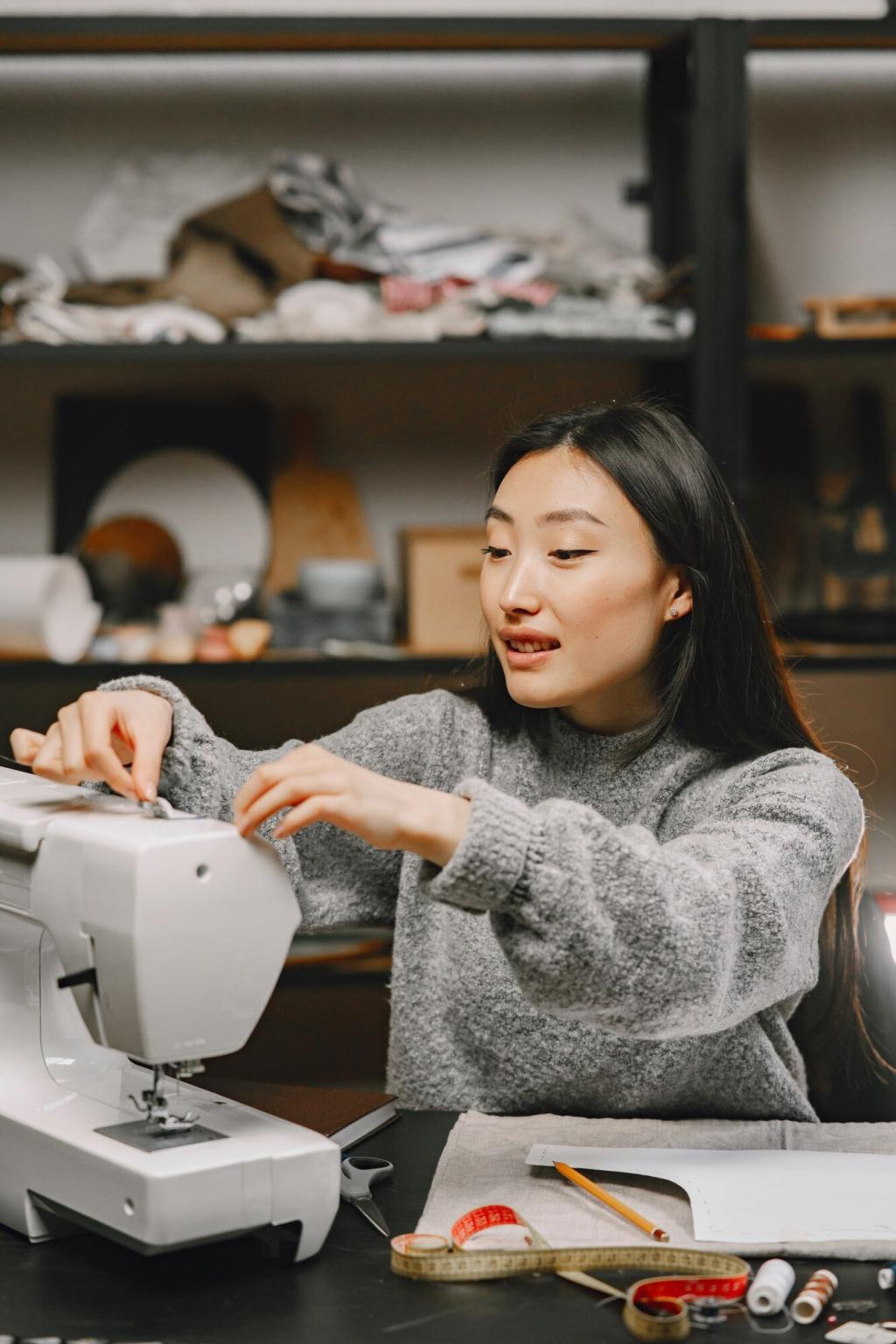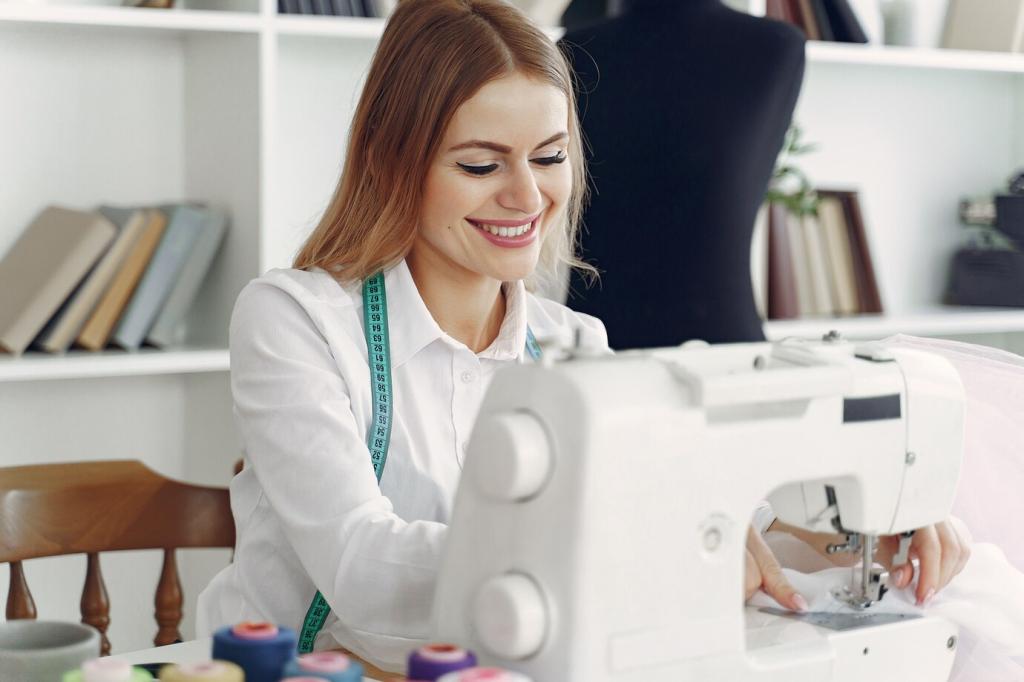Beginner-Friendly Sewing Techniques and Tips
Whether you’re picking up a needle and thread for the first time or returning to sewing after a long break, starting with the right foundation is essential. Understanding beginner-friendly sewing techniques and helpful tips will smooth your learning curve, build your confidence, and set you on the path to creating beautiful handmade items. This guide covers practical advice, essential methods, and troubleshooting techniques tailored specifically for those new to sewing.

Understanding the Basics of Sewing
Introducing Essential Sewing Tools
Every beginner needs a set of reliable tools to get started. At its most basic, sewing requires needles, thread, scissors, pins, a measuring tape, and a seam ripper. Each plays a crucial role in different stages of a sewing project. For instance, using sharp fabric scissors ensures clean cuts without fraying, while the seam ripper allows you to correct errors without damaging the fabric. Choosing quality, beginner-friendly tools can make the difference between frustration and enjoyable progress. There’s no need for fancy equipment at the start; understanding how each tool works and caring for them properly—keeping scissors sharp, storing pins safely, and replacing needles when dull—sets you up for success.
Getting to Know Your Fabrics
The world of textiles is vast, but beginners should start by understanding the characteristics of commonly used fabrics like cotton, linen, and polyester blends. Different fabrics behave differently under the needle, and selecting the right one can affect both the sewing process and the finished result. For instance, woven fabrics such as cotton are more stable and easier to sew, while knits require special handling due to their stretchiness. Understanding how to pre-wash fabrics, check for directional prints, and handle delicate materials helps prevent mistakes. A solid grasp of fabric basics ensures your projects look better and are more enjoyable to complete.
Sewing Terminology for Beginners
Just like any craft, sewing has a unique vocabulary that can seem daunting at first. Terms like seam allowance, bias, selvage, and backstitch often come up in patterns and instructions. Early familiarity helps you understand tutorials and communicate questions effectively. Knowing the difference between a basting stitch (temporary) and a topstitch (decorative or functional), or recognizing what an overlock edge means, gives you confidence when reading guides or watching instructional videos. Mastering basic terminology removes much of the initial confusion and opens the door to more learning resources.
Foundational Sewing Stitches
The Running Stitch and Its Uses
The running stitch is one of the simplest yet most versatile hand stitches you will learn as a beginner. Used for temporary seams, gathering fabric, and even decorative work, it involves moving the needle up and down through the fabric at regular intervals. Although straightforward, even spacing is important for consistent results. Learning the running stitch helps you gain control over your needle and thread, and it acts as a foundational technique for developing more complex stitches. Practicing this stitch on scrap fabric allows you to adjust your grip and tension, laying a solid groundwork for future hand-sewing projects.


The Straight Machine Stitch
When you move on to using a sewing machine, the straight stitch will likely be the first you use—and with good reason. It holds fabric pieces together, creates hems, and forms the backbone of garment construction. Achieving a neat, even straight stitch requires guiding the fabric without pulling or pushing, and maintaining consistent speed with the machine. Beginners often practice by stitching on plain cotton, learning to follow seam allowances marked on the machine’s throat plate. Mastering the straight machine stitch helps you build muscle memory, understand thread tension, and gain confidence controlling your equipment—a vital step towards more intricate sewing.
Sewing Preparation and Planning
01
Choosing Beginner-Friendly Patterns
Not all sewing patterns are created equal, and for those just starting out, it’s best to select simple, straightforward options designed for beginners. Look for patterns labeled as “easy” or “beginner,” which typically have clear instructions, fewer pieces, and uncomplicated seams. Avoid designs with advanced techniques like intricate closures, pleating, or extensive lining, as they can quickly become overwhelming. Starting with simple items such as tote bags, pillow covers, or elastic-waist skirts allows you to practice basic techniques like straight seams and hemming, while still creating something functional and satisfying.
02
Laying Out and Cutting Fabric Accurately
Cutting your fabric correctly is just as important as stitching it together. Begin by ensuring your fabric is ironed and laid out flat, removing wrinkles that can throw off your measurements. Accurate cutting requires careful attention to the pattern’s grain line, which helps garments hang properly and prevents distortion. Use your chosen pattern pieces as guides, pinning them securely or using pattern weights if you have them. Double-check all markings, notches, and seam allowances before cutting. This preparatory work ensures all pieces fit together smoothly during assembly, making the sewing process much more enjoyable for beginners.
03
Practicing with Mock Sewing (Muslins)
One of the best habits for beginners is to make a test version of their project, often referred to as a muslin or mock-up. Using inexpensive fabric similar in weight to your final material, practice assembling the main pieces. This gives you a risk-free opportunity to test fit, practice new techniques, and make adjustments before committing to your chosen fabric. Mock sewing builds confidence, helps catch misinterpretations of instructions, and allows for creative problem-solving. Over time, you’ll spend less effort unpicking mistakes, and your finished projects will look more polished.
